
How to Use Thermocouple 2 Pins: Examples, Pinouts, and Specs
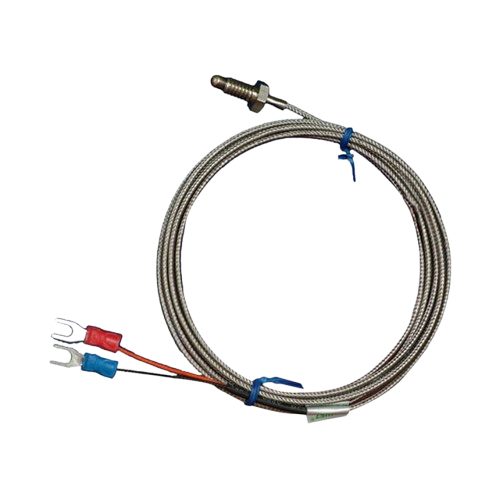
 Design with Thermocouple 2 Pins in Cirkit Designer
Design with Thermocouple 2 Pins in Cirkit DesignerIntroduction
A thermocouple is a temperature-sensing device that operates based on the Seebeck effect, where a voltage is generated due to the temperature difference between two junctions of dissimilar metals. The "Thermocouple 2 Pins" is a simple, compact thermocouple with two pins for easy integration into electronic circuits. It is widely used for accurate temperature measurement in industrial, scientific, and DIY applications.
Explore Projects Built with Thermocouple 2 Pins
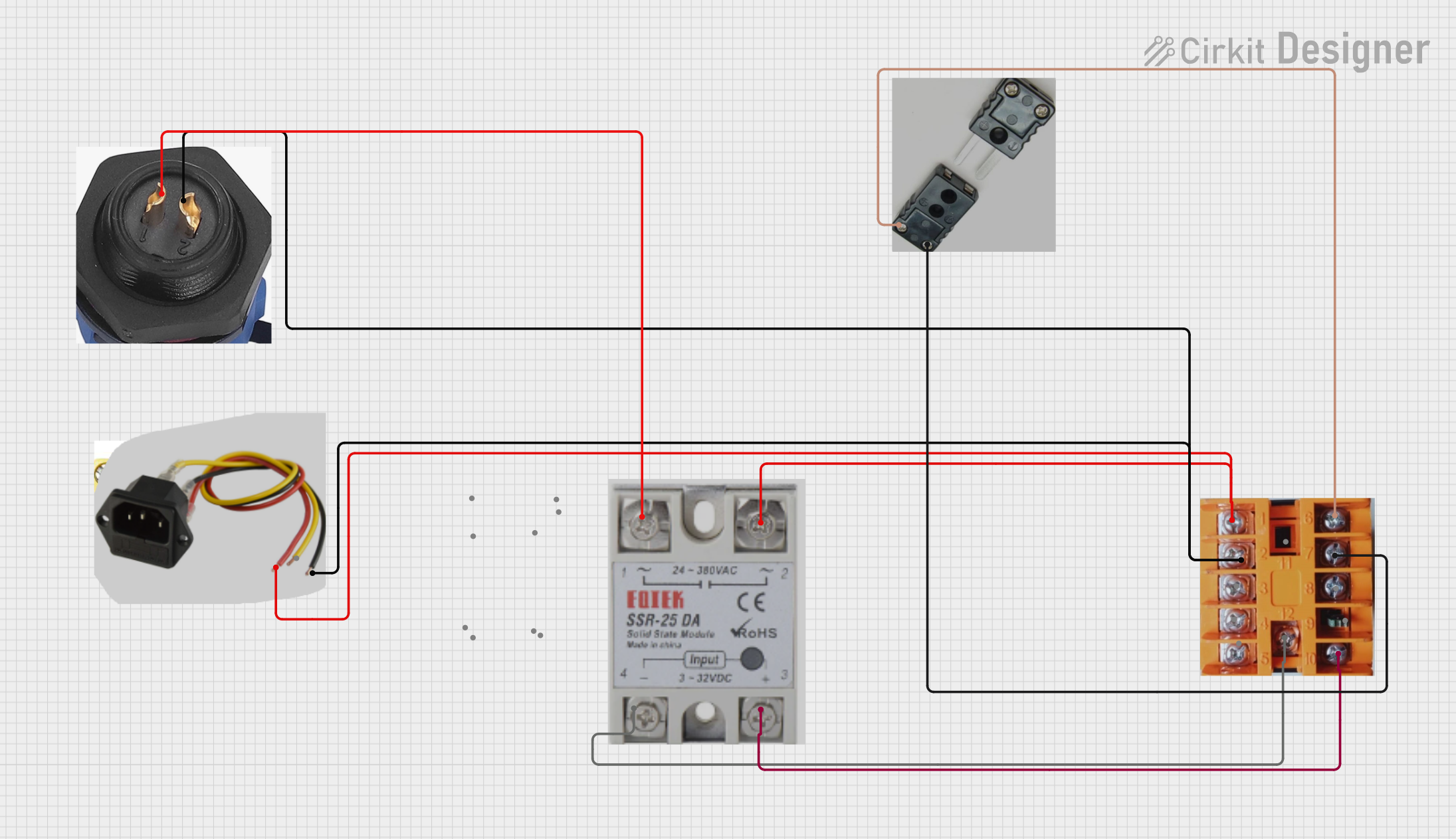
 Open Project in Cirkit Designer
Open Project in Cirkit Designer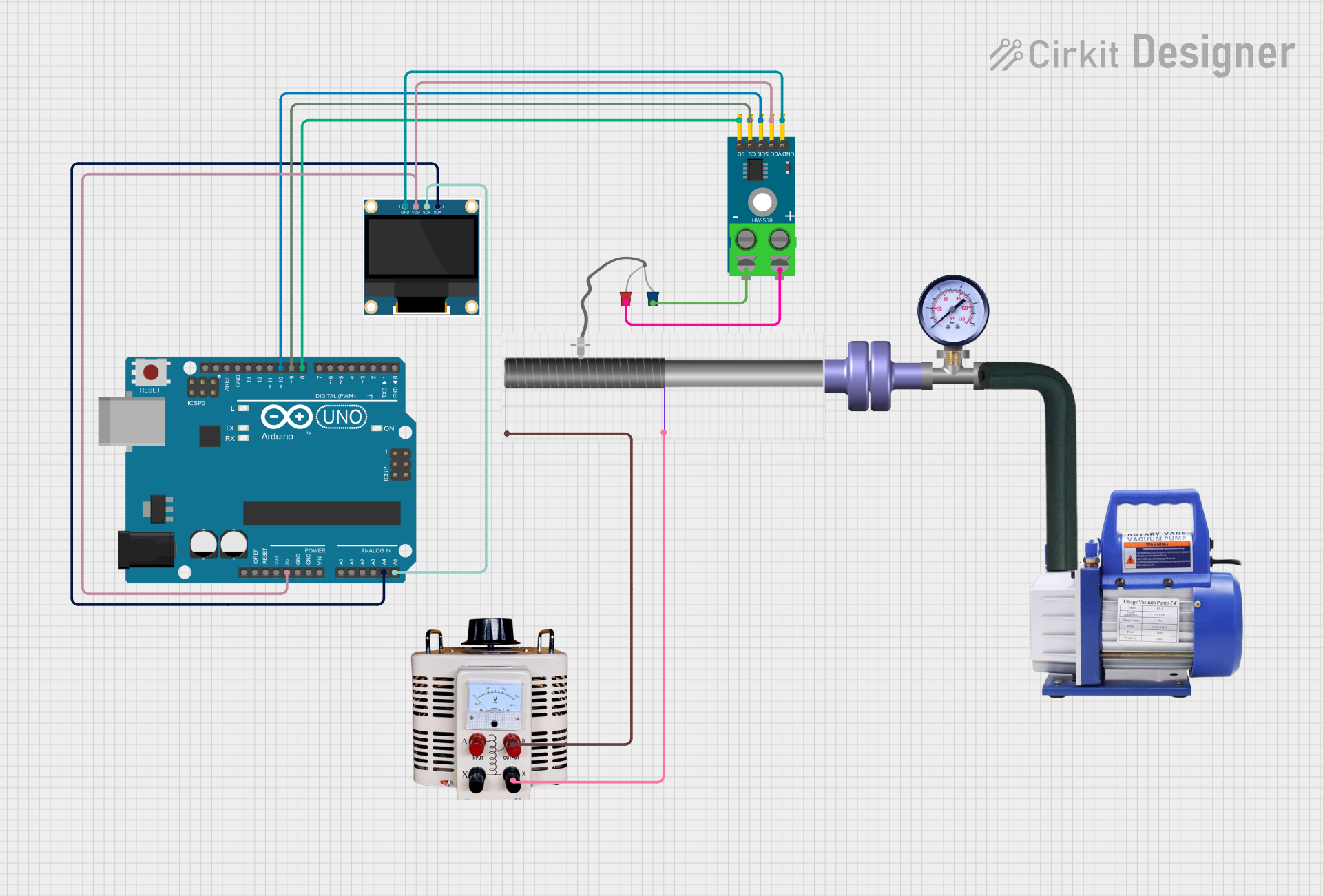
 Open Project in Cirkit Designer
Open Project in Cirkit Designer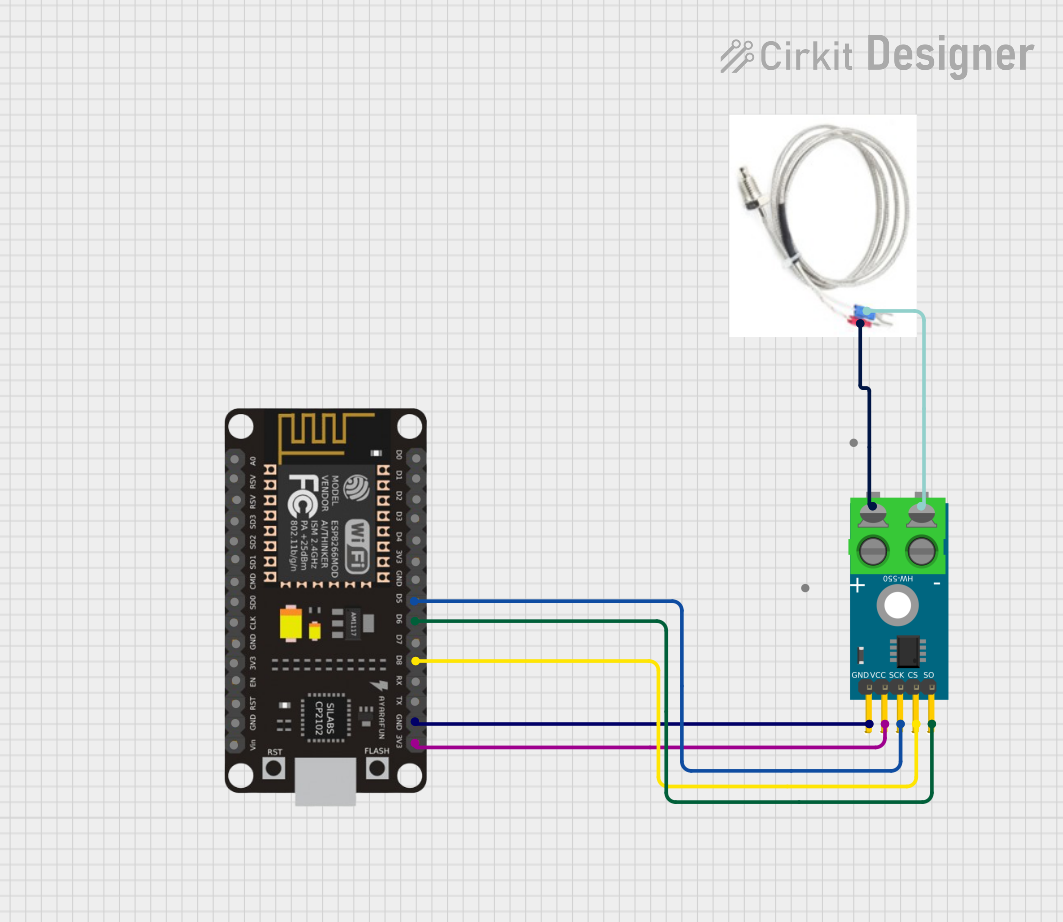
 Open Project in Cirkit Designer
Open Project in Cirkit Designer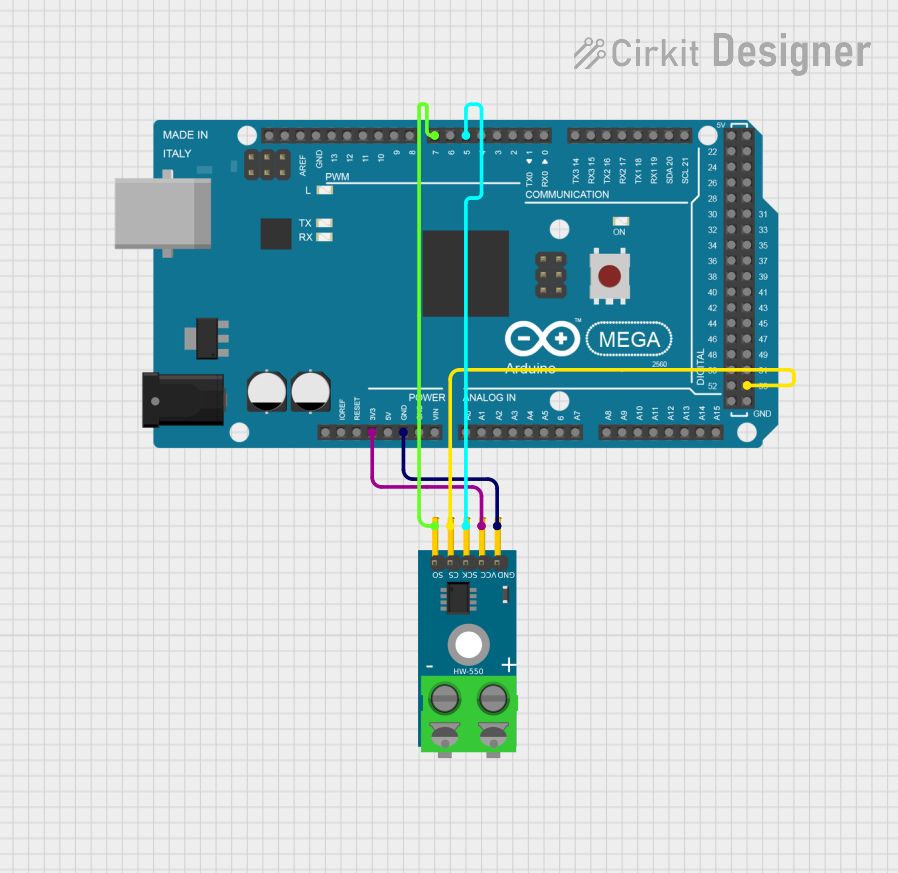
 Open Project in Cirkit Designer
Open Project in Cirkit DesignerExplore Projects Built with Thermocouple 2 Pins

 Open Project in Cirkit Designer
Open Project in Cirkit Designer
 Open Project in Cirkit Designer
Open Project in Cirkit Designer
 Open Project in Cirkit Designer
Open Project in Cirkit Designer
 Open Project in Cirkit Designer
Open Project in Cirkit DesignerCommon Applications and Use Cases
- Industrial temperature monitoring (e.g., furnaces, kilns)
- Scientific experiments requiring precise temperature readings
- Home appliances like ovens and water heaters
- DIY electronics projects involving temperature sensing
- Automotive and aerospace temperature diagnostics
Technical Specifications
The following table outlines the key technical details of the Thermocouple 2 Pins:
| Parameter | Specification |
|---|---|
| Type | Varies (e.g., Type K, Type J, etc.) |
| Temperature Range | -200°C to 1250°C (depending on type) |
| Output Voltage Range | Typically in microvolts (µV) |
| Accuracy | ±1°C to ±2°C (depending on calibration) |
| Response Time | Fast (milliseconds to seconds) |
| Connector Type | 2-pin (positive and negative leads) |
| Material | Dissimilar metals (varies by type) |
Pin Configuration and Descriptions
The Thermocouple 2 Pins has a simple pinout:
| Pin Number | Pin Name | Description |
|---|---|---|
| 1 | Positive | Positive lead (varies by thermocouple type) |
| 2 | Negative | Negative lead (varies by thermocouple type) |
Note: The polarity of the pins is critical for accurate temperature readings. Ensure proper connection to the circuit.
Usage Instructions
How to Use the Thermocouple in a Circuit
Connect the Thermocouple to an Amplifier or ADC:
Since thermocouples generate very small voltages, you need a thermocouple amplifier (e.g., MAX31855 or MAX6675) or an analog-to-digital converter (ADC) to read the signal accurately.Connect the Amplifier to a Microcontroller:
Use a microcontroller like an Arduino UNO to process the amplified signal and convert it into a temperature reading.Power the Circuit:
Ensure the amplifier and microcontroller are powered according to their specifications (e.g., 5V for Arduino UNO).Read and Process the Data:
Use the microcontroller to read the voltage from the thermocouple and convert it into a temperature value using the appropriate formula or library.
Important Considerations and Best Practices
- Polarity Matters: Always connect the positive and negative leads correctly to avoid incorrect readings.
- Cold Junction Compensation: Use an amplifier with built-in cold junction compensation to account for ambient temperature variations.
- Shielding: For noisy environments, use shielded cables to minimize interference.
- Calibration: Periodically calibrate the thermocouple for accurate measurements.
- Avoid Overheating: Do not expose the thermocouple to temperatures beyond its rated range.
Example Code for Arduino UNO
Below is an example of how to use a Type K thermocouple with a MAX6675 amplifier and an Arduino UNO:
#include "max6675.h" // Include the MAX6675 library
// Define the pins connected to the MAX6675 module
int thermoDO = 4; // Data Out pin
int thermoCS = 5; // Chip Select pin
int thermoCLK = 6; // Clock pin
// Create a MAX6675 object
MAX6675 thermocouple(thermoCLK, thermoCS, thermoDO);
void setup() {
Serial.begin(9600); // Initialize serial communication
Serial.println("Thermocouple Test");
delay(500); // Allow time for the thermocouple to stabilize
}
void loop() {
// Read the temperature from the thermocouple
double temperature = thermocouple.readCelsius();
// Check if the reading is valid
if (isnan(temperature)) {
Serial.println("Error: Thermocouple not connected!");
} else {
// Print the temperature to the Serial Monitor
Serial.print("Temperature: ");
Serial.print(temperature);
Serial.println(" °C");
}
delay(1000); // Wait 1 second before the next reading
}
Note: Ensure the MAX6675 library is installed in your Arduino IDE before uploading the code.
Troubleshooting and FAQs
Common Issues and Solutions
No Temperature Reading or NAN Output:
- Cause: Loose or incorrect connections.
- Solution: Verify that the thermocouple leads are securely connected to the amplifier and that the amplifier is properly connected to the microcontroller.
Inaccurate Temperature Readings:
- Cause: Incorrect polarity or lack of cold junction compensation.
- Solution: Double-check the polarity of the thermocouple leads and use an amplifier with cold junction compensation.
Fluctuating or Noisy Readings:
- Cause: Electrical noise or interference.
- Solution: Use shielded cables and ensure proper grounding in the circuit.
Thermocouple Not Working at High Temperatures:
- Cause: Exceeding the thermocouple's temperature range.
- Solution: Verify the thermocouple's type and ensure it is rated for the temperature being measured.
FAQs
Q: Can I connect the thermocouple directly to an Arduino?
A: No, the voltage generated by a thermocouple is too small for direct measurement. You need an amplifier like the MAX6675 or MAX31855.
Q: How do I identify the positive and negative leads?
A: The positive lead is usually made of a specific metal (e.g., Chromel for Type K) and may have a color-coded insulation. Refer to the thermocouple's datasheet for details.
Q: Can I use the thermocouple in a humid environment?
A: Yes, but ensure the thermocouple is properly insulated and protected to prevent corrosion or short circuits.
Q: How often should I calibrate the thermocouple?
A: Calibration frequency depends on usage, but annual calibration is recommended for most applications.